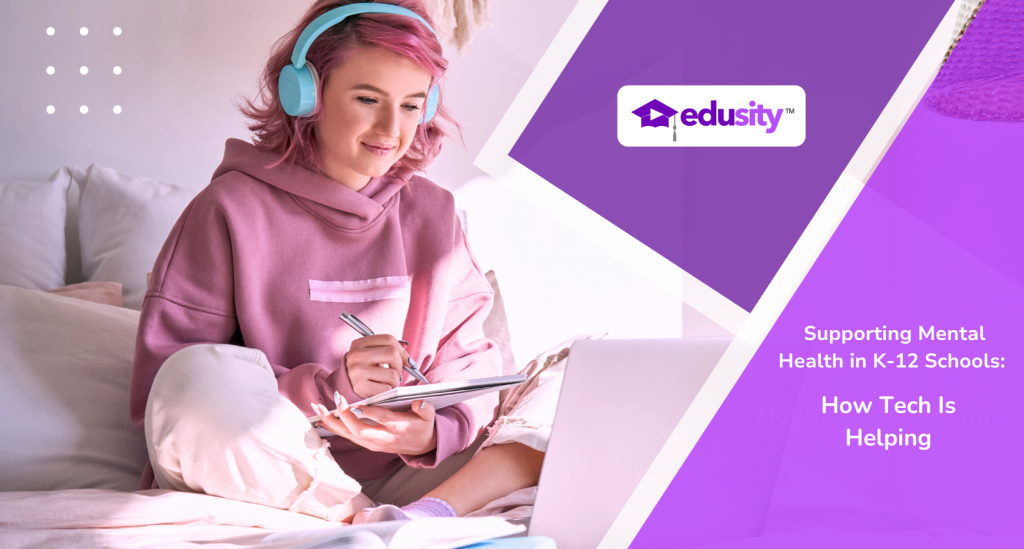Growing up can be challenging. Social media and the lasting effects of the pandemic make being a student more complex than ever.
It’s not a surprise that mental health issues among students in K-12 are on the rise. However, there is some positive news – Technology can provide support, allowing teachers to better serve their students and learners of all backgrounds and abilities to get the most out of their education journey.
The Challenges of Mental Health
Priti Avantsa, the coordinator of health and social work services for Fort Bend Independent School District in Texas, highlights that even young students, including those in-class and in homeschooling, are facing more mental health challenges than ever before. The isolation caused by the pandemic impacted students’ overall well-being, with many children experiencing social anxiety upon returning to school.
“We are seeing an increase in mental health challenges among our younger students, starting in elementary school. We are also seeing an increase in the number of students exhibiting signs of depression and anxiety compared to past years,” says Avantsa.
However, there is a silver lining. This generation is more willing to talk about mental health and is more aware of resilience and ways to combat mental health issues.. Interestingly enough, Texas has been leading the way in supporting the mental health of K-12 learners by enacting policies and legislation to strengthen health resources for students.
Texas put policies and legislation in place over the past several years, even before the pandemic, that increase mental health resources for students and build infrastructure in public education.
Technology Solutions Making a Difference
One solution making a significant difference is virtual counseling.
An excellent example of this is the initiatives out of the University of Texas System, specifically Texas Child Health Access Through Telemedicine (TCHATT). This virtual therapy and psychiatry resource is available in counties across Texas, serving as a bridge for students who require assistance.
TCHATT offers short-term psychiatry or therapy sessions to students who may not have access to insurance or the financial means for therapy. Moreover, students can participate in sessions from the comfort of their homes.
Accessibility is Key
One of the main sticking points about the effectiveness of initiatives such as TCHATT is their accessibility. They can reach students and cater to diverse needs, but they need federal funding and support to increase their reach. Avantsa’s team serves 83 schools, but there are over 130,000 K-12 schools across the United States. That leaves so many students without mental health support.
In fact, in the past year the American federal government has recognized this gap, dedicating over $180 million in funding across 30 states to help better support students and mental health initiatives targeting high-need areas.
That’s a start. And while there’s no denying that technology can play a pivotal role in supporting the mental health of K-12 students, more can be done. Virtual counseling services such as TCHATT are breaking down barriers and increasing accessibility to the kind of tools teachers need to help their students – but we’re just scratching the surface of addressing the growing issue.
Flip Livingstone
Latest posts by Flip Livingstone (see all)
- Supporting Mental Health in K-12 Schools: How Tech Is Helping - September 21, 2023
- The Best Back-to-School Apps & How University Students Are Using Backchannels to Communicate - September 14, 2023
- Unlocking the Power of Microschools: Everything You Need to Know! - September 8, 2023
